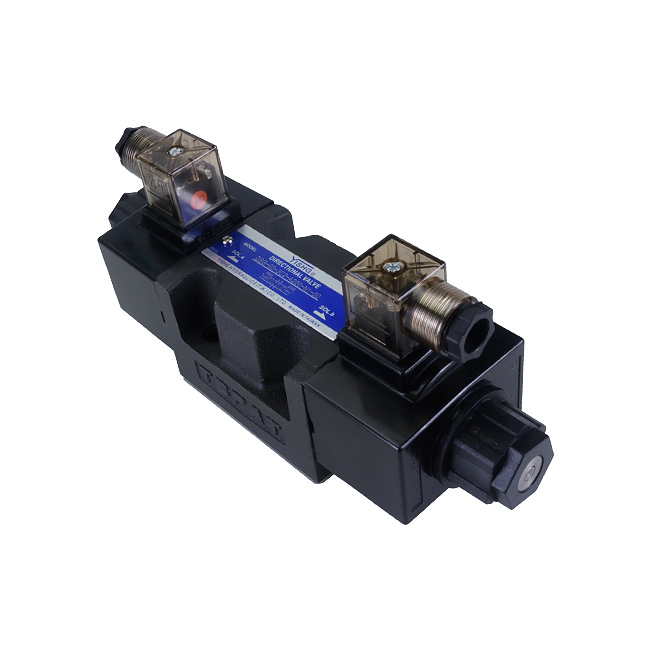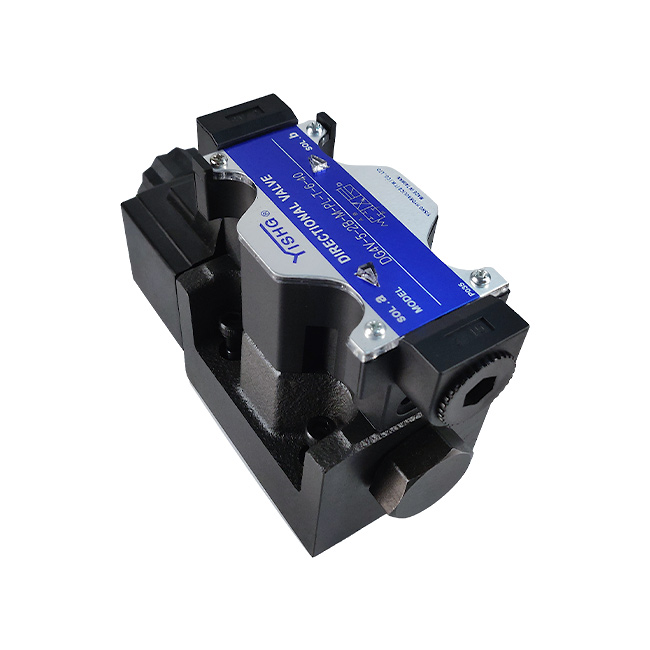What types of common hydraulic solenoid valves are there?
Hydraulic solenoid valve refers to a component used to control the pressure, flow and direction of liquid in hydraulic transmission. It is widely used in our modern life. The hydraulic solenoid valve is an automatic basic component used to control the fluid, which belongs to the actuator. Hydraulic solenoid valves are used to control the direction of hydraulic flow. Mechanical devices in factories are generally controlled by hydraulic cylinders, so hydraulic solenoid valves are used. So what are the common types of hydraulic solenoid valves? If you want to know more about the types of hydraulic solenoid valves, you may wish to learn about them with Mr. Zhao!

Hydraulic solenoid valves can be divided into three types according to their functions: hydraulic flow control valves, hydraulic pressure control valves, and hydraulic directional control valves. Each has one or several different types.

The first is the hydraulic flow control valve, which is divided into 5 different types according to the purpose.
Type 1: Throttle valve, which can incur little cost to keep the operation of the component stable.
Type 2: Collecting valve, its function is to bring together the flow of the two actuators to form a greater pressure to achieve the desired effect.
Type 3: Speed regulating valve, as the name implies, the valve is used to adjust the throttle valve. It keeps the flow in the throttle valve steady, thus keeping the movement speed of the components steady.
Type 4: Diverter valve, which enables two parallel elements of the same hydraulic source to obtain equal hydraulic values.
Type 5: Split flow valve, it has two functions of flow diversion and flow collection, and only needs to set the type.
Then there is the pressure control valve, which can be divided into three types according to the purpose.
The first type of pressure-reducing valve, which can stably control the pressure of the hydraulic branch circuit is lower than the pressure of the hydraulic circuit.
The second type of relief valve, also known as a protective safety valve, can control the hydraulic system to maintain a certain pressure. When a fault occurs, the valve port will automatically open to allow the hydraulic fluid to flow out, preventing the hydraulic system from being damaged due to excessive pressure.
The third type is the sequence valve, which is a series of continuous movements through hydraulic pressure, and it is also the most advanced type.
The third is the directional control valve, which is divided into a reversing valve and a one-way valve. The first reversing valve, which is similar to a central processing unit, can easily replace the hydraulic pipeline used, and can also change which pipeline the hydraulic fluid enters at any time. According to its driving mode, it can be divided into manual and semi-automatic. The second is the one-way valve. The characteristic of this valve is that the liquid can only move in one direction inside and cannot flow back.

